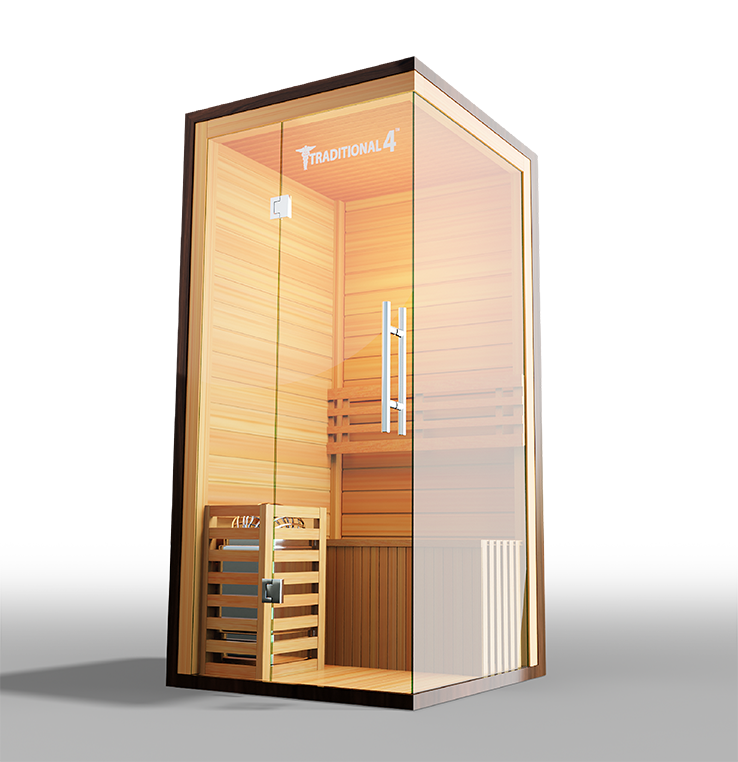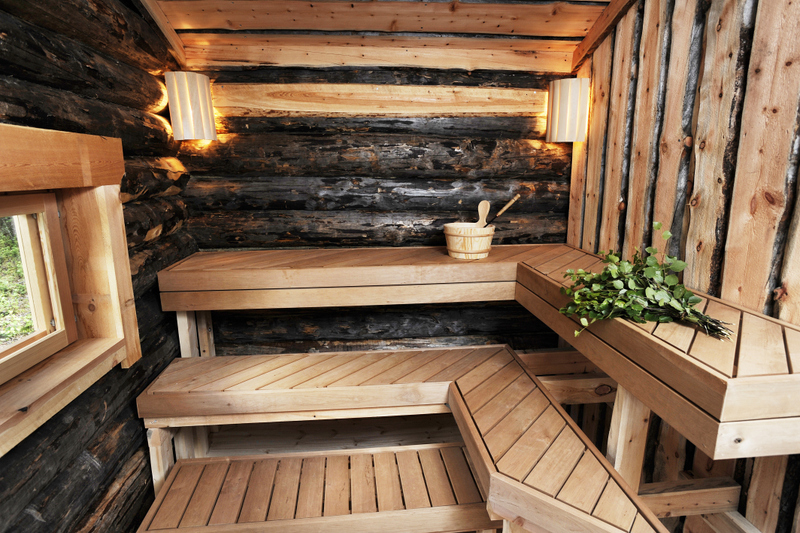The Ultimate Guide To Traditional Sauna
The Ultimate Guide To Traditional Sauna
Blog Article
The 45-Second Trick For Traditional Sauna
Table of ContentsTraditional Sauna Fundamentals ExplainedThe Basic Principles Of Traditional Sauna Some Known Questions About Traditional Sauna.Some Known Questions About Traditional Sauna.The smart Trick of Traditional Sauna That Nobody is Discussing
Most of the weight shed in a sauna is water loss and is re-gained upon rehydrating. Without a doubt sauna can be an important component of a healthy weight loss program. To look at the distinctions in between typical and IR saunas, I will separate these into verifiable, academic, and produced distinctions.Hence, the best factor in the saunawhich goes to the ceiling directly above the sauna heateris generally between 185 and 190 F. Claims that a typical sauna surpasses 200 F is simply not real and not suitable for electrical saunas sold in the US. The temperature level for a far-infrared sauna is normally established in between 120 and 140 F; nevertheless, unlike the typical sauna, the goal in and IR space is not to attain a high temperature.

When a conventional sauna has been appropriately warmed, the sauna walls are cozy, the air temperature level has achieved set temperature and the rocks are very heated. As a fascinating side note, the heated walls and the rocks are sending out far-infrared warmth, combined with the heated air, to create an "enveloping heat".
Traditional Sauna Can Be Fun For Everyone
When the high temperature level is accomplished, the components cycle on and off to maintain the high temperature. Most conventional sauna customers delight in pouring water over the rocks to create vapor to raise sauna humidity levels. The benefits of putting water over the rocks consist of: making the room much more comfortable, dampening the nasal flows, and allowing the usage of aromatherapy by mixing vital oils with the water.

When the power enters the body, it triggers the body temperature level to increase and inevitably causes sweat. In an infrared sauna it is very important for the emitters/heaters to remain on nearly regularly. Given that there is no mass of rocks to maintain heat, the sauna will certainly cool down if the emitters shut down.
Not known Factual Statements About Traditional Sauna
As discussed above, the sauna bather in an infrared room intends to place himself before running emitters to get maximum take advantage of the warmth. The home heating time for the two spaces can be really various, depending on just how the spaces are made use of. For a traditional sauna, a bather ought to permit 30-40 minutes for the room to accomplish a desired temperature level and to appropriately pre-heat the rocks.

A well created sauna will typically accomplish a temperature level of 150-160 F in about 30-40 mins. For hotter temperature levels, the area might need to heat for a longer period.
To some, 15 minutes was "squandered" while the infrared energy warmed the wood panels instead of heating a body, while others discover a pre-heated room to be more comfortable and believe an elevated beginning temperature is required to begin perspiring. The length of recommended use for every space is roughly the very same (10-15 mins per session); however, due to the reduced air temperature levels and the capacity to really feel the results of infrared warmth much faster than a standard sauna, it is not unusual for an individual to invest an overall of 20-30 minutes in an infrared sauna.
The Main Principles Of Traditional Sauna

The typical cost per kWH of electrical energy in the united state is roughly $0.11, so a 4.5 kW heater will certainly set you back approximately $.50 to run for one hour, if the heater runs continually for one hour. Typically a sauna heating unit will certainly run for 75% of the very first hour and 50% of succeeding hours on since the aspects cycle once the established temperature level is attained.
A important source 2 person far-infrared room is normally literally smaller than a typical sauna, frequently regarding 4' x 4' or smaller sized. The IR heater is generally 1.5-1.7 kW utilizing a 120 volt 15 amp plug-in solution. Given that the area can be utilized faster than a sauna space, we will certainly think the area is utilized for to of an hour including warm up time.
Finally, there is a seldom reviewed distinction in the social experience between both spaces. While our society has actually shed a few of the social benefit of the typical sauna experience, it can be very socially gratifying (Traditional Sauna). From household time in the sauna, to heart-felt discussions with loved ones, to sauna partiesthe traditional sauna experience can result in intimate socializing
The Facts About Traditional Sauna Uncovered
The majority of greater end infrared rooms consist of colored light treatment, audio systems view publisher site and full-glass fronts.
Report this page